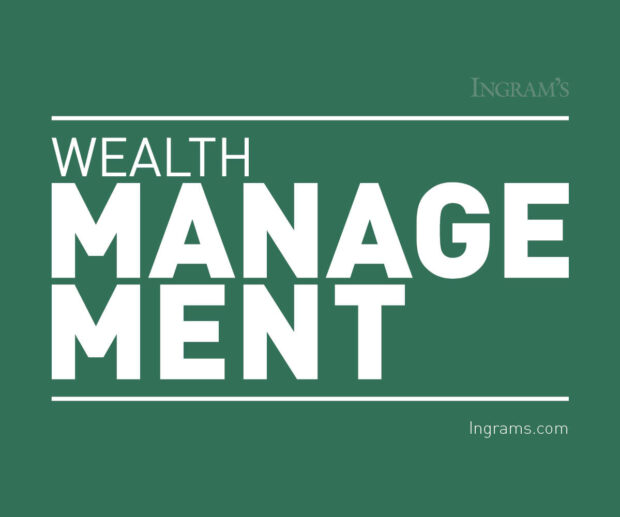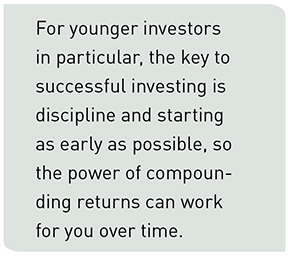HOME | ABOUT US | MEDIA KIT | CONTACT US | INQUIRE
HOME | ABOUT US | MEDIA KIT | CONTACT US | INQUIRE


There is no question that most of us spend our lives dealing with, and trying to control or eliminate, risk. Risk as a noun is defined as “a situation involving exposure to danger.” Said another way, risk is the potential of losing something of value. You may have heard the old investment adage that there are two major risks in life—dying too soon or living too long. In today’s world, we really need to prepare for both.
If you are early in your adult life and have young children, you probably don’t have significant savings yet. Dying is a major financial risk because you could leave your family in dire straits. This is why many young parents purchase term life insurance. Term life insurance pays a benefit, in the event of the death of the insured, during a specified time. It is affordable and is specifically designed to secure a family’s needs if an income earner dies. It should be noted that while term insurance provides the death benefit, there is no cash value accumulation potential as there is with other forms of permanent life insurance. It would make sense to consult a life insurance professional for more details as your needs change.
Conversely, many Americans are genuinely worried about outliving their money. Most of us know someone today in that situation. It is the No. 1 concern of the Baby Boom generation. If you had a daughter born in 2000, her life expectancy at birth was age 84, vs. 58 for women born a century earlier. Life expectancy for a son born in 2000 was 80, compared with 52 for men born in 1900. The Social Security Administration says a 65-year-old woman today can expect to live until age 87 on average; a man, age 84. Averages are not necessarily a good guide for financial planning purposes, though.

The secret to success is often easy to hear, but harder to put into action. It is similar to going in for an annual physical and knowing the doctor is going to tell you to lose weight and exercise more. Building wealth is very doable with discipline, long-term goals and a savings “blueprint” of how to achieve those goals. Another old investment adage is it’s not how much you make but how much you save that matters. Working with an investment adviser who understands you and how to manage risk is critical.
The obsession with short-term performance makes no sense. Avoid the trap of reacting to media hype. Instead, think in terms of decades, where the predictability of positive results is well-documented. Down markets often create excellent buying opportunities for the future. Experienced investment professionals understand that and their clients benefit in the long run.
Some risks are almost impossible to anticipate. There is no question that the dramatic impact on the economy and markets after the subprime mortgage collapse in 2007 and 2008 has left its mark on investors’ mentality even today. However, those investors in well-diversified, long-term investment portfolios, who held to the long-term plan, saw their assets fully recover and grow.
Longer term, there can be risk in taking no risk. Money in the mattress has buying power eroded by inflation as well as lost opportunity for compounding growth. Building a diversified investment portfolio with both income and growth components has always stood the test of time. Unfortunately, the low-interest-rate environment driven by Federal Reserve policy has put a huge strain on investors seeking reasonable income streams. It has been particularly difficult for retirees, many of whom have had to dig into their principal just to survive.
The key is discipline and starting as early as possible, so the power of compounding returns can work for you over time. Always max out investments in any available tax-deferred plans first, and think long term. The younger you are the more aggressive you should be. Investing your own money is a challenging endeavor, and emotionally detaching yourself is often very difficult. Work with professionals who understand the importance of diversification and risk management for you and your long-term financial health and well-being.